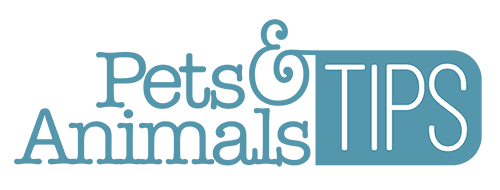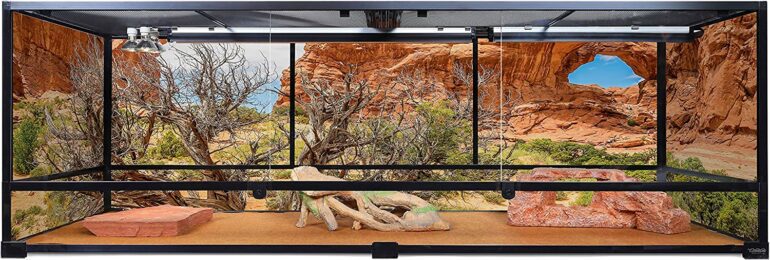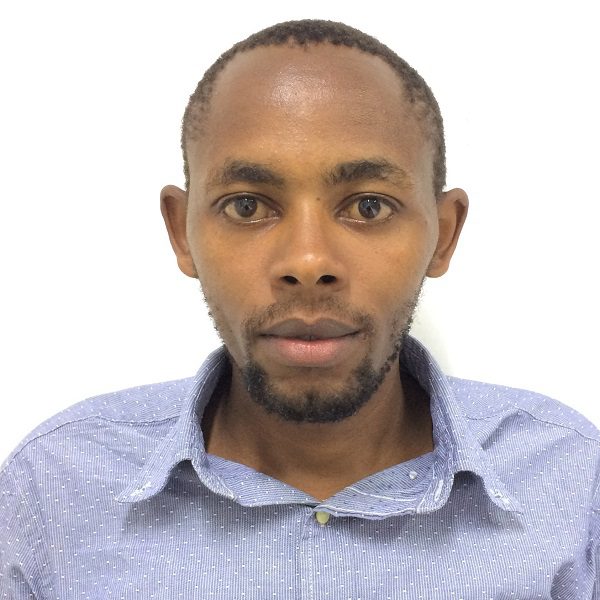Crested geckos are incredibly popular pets due to their long life span, distinctive features, and endearing personalities. If you provide these reptiles with proper care, they can have a 15–20 years lifespan.
A vital part of crested gecko care involves offering a suitable habitat. So, how do you set up a suitable crested gecko enclosure? Learn more below.
How Big Do Crested Geckos Get?
Generally, the crested gecko’s length will be 4.5 inches from the snout to the vent. This snout-to-vent length does not include the tail; it is the distance between your lizard’s nose and anus. When you add the tail, a full-grown crested gecko is often about eight inches long.
Can crested geckos live together?
Yes, crested geckos can live together even though they can be relatively territorial. This territorial nature will require you to monitor them regularly. If you place one male and one female in the same tank, there may be aggression as the male continuously chases the female, causing her to feel threatened.
This chasing can make the female gecko incredibly tired. However, if you place one male and several females together, the male will have to divide its attention between the other geckos. In addition, you can consider keeping several females together. Females in groups of three or two are less likely to fight.
Regular monitoring will help you to note when separation is necessary before your pet lizards suffer from poor health or death. Another point to note is that a larger crested gecko habitat can reduce or prevent aggression. Therefore, provide a large tank if you want to keep more than one gecko.
Do Crested Geckos Need a Heat Lamp?
When caring for a crested gecko, you should aim to provide a tank setup that is as close as possible to its natural habitat. Cresties can survive in a terrarium with a temperature of 72 to 78 degrees Fahrenheit.
During the night, temperatures can drop to 69 to 72 degrees, which provides cooler temperatures that are ideal for their survival. You may not need a heat lamp if your room temperature is between 69 and 78 degrees Fahrenheit. However, heating devices are necessary if you keep them in a very cold area.
The Zoo Med Nano Ceramic Heat Emitter is one of the popular heat sources you can consider for your reptile. It emits heat 24 hours a day and can last up to five years. The Repti Zoo Basking Spot Lamp & Nocturnal Infrared Heat Lamp is also suitable for cold areas.
One thing to consider when using a heat lamp is its position. Ensure you do not place the heating device in an area where the crestie can burn itself. Also, have a thermostat like the Zoo Med ReptiTemp Digital Reptile Terrarium Thermostat. It will help you to maintain appropriate crested gecko temperature in the terrarium and bar against overheating.
Do crested geckos need UVB?
Generally, wild crested geckos are nocturnal in nature; thus, they do not need UVB lighting. However, you can opt to add one for viewing purposes only. If you want to add UVB lighting, ensure it is low-level. The low-level UVB will not hurt your geckos; instead, it may improve their health.
One thing to note when using a UVB is to pay close attention to the terrarium. Make sure the enclosure does not become very hot. Also, include plenty of leaf coverage when using UVB, like the Exo-Terra Reptile UVB or the Zoo Med Reptisun 5.0 UVB. This coverage will provide your crestie with a hiding place, thus, protecting its eyes from damage due to constant exposure to UVB.
How Many Crested Geckos Can Live Together?
You can keep crested geckos in small groups or pairs. The only consideration is to have one male and multiple females or several females in the same enclosure. Most experts recommend one male and three females or two to three females in the same tank.
If you opt to keep several cresties in the same tank, make sure to supervise them. Supervision will help you note if there is any aggression. Some signs of aggression to watch out for include:
- Crest biting
- Tail loss
- Tail nipping
- Unusual behavior, like shyness, hiding or timidness
- Weight loss
Also, when determining the number of geckos to place in one enclosure, limit the number of males per crested gecko tank. In most cases, more than one male in the same enclosure can lead to aggression, health problems or even death.
How big of an enclosure does a crested gecko need?
The size of your crested gecko terrarium determines how many cresties can live together. One adult crested gecko requires at least a 20-gallon terrarium to be happy. However, have a larger tank if you intend to keep several pets.
For one male and three females, a 75-gallon tank is suitable. If you intend to keep two males together, have a 500-gallon tank. This huge tank will reduce the aggression of the males. Remember, the more geckos you add, the bigger your tank.
Also, make sure to prioritize the vertical space of the enclosure. Cresties love climbing, so make sure to have a tall terrarium; experts recommend a baseline height of about two feet.
What do crested geckos need in their enclosure?
Crested geckos thrive in an environment that is relatively humid with several vertical routes. Therefore, suitable substrate in the enclosure is one that can hold humidity, like soil and sphagnum moss mixture, coconut fiber, cypress mulch or bark chips. A humidity gauge can help with keeping it at the ideal level.
In addition, a crested gecko’s enclosure should have broad and tall plants that create shade and hiding places. You can use live or artificial plants. If you use live plants, ensure there is nutrient-rich soil, dividing mesh and a drainage area to create a bioactive terrarium. Also, have a water dish. This dish will ensure your gecko has an adequate water supply.
Bottom Line
A crested gecko enclosure setup process is quite straightforward. The primary thing that you will need is to offer the right tank size, depending on the number of geckos you want to keep. Remember, if you want to care for more than two crested geckos, always go for a larger enclosure.










